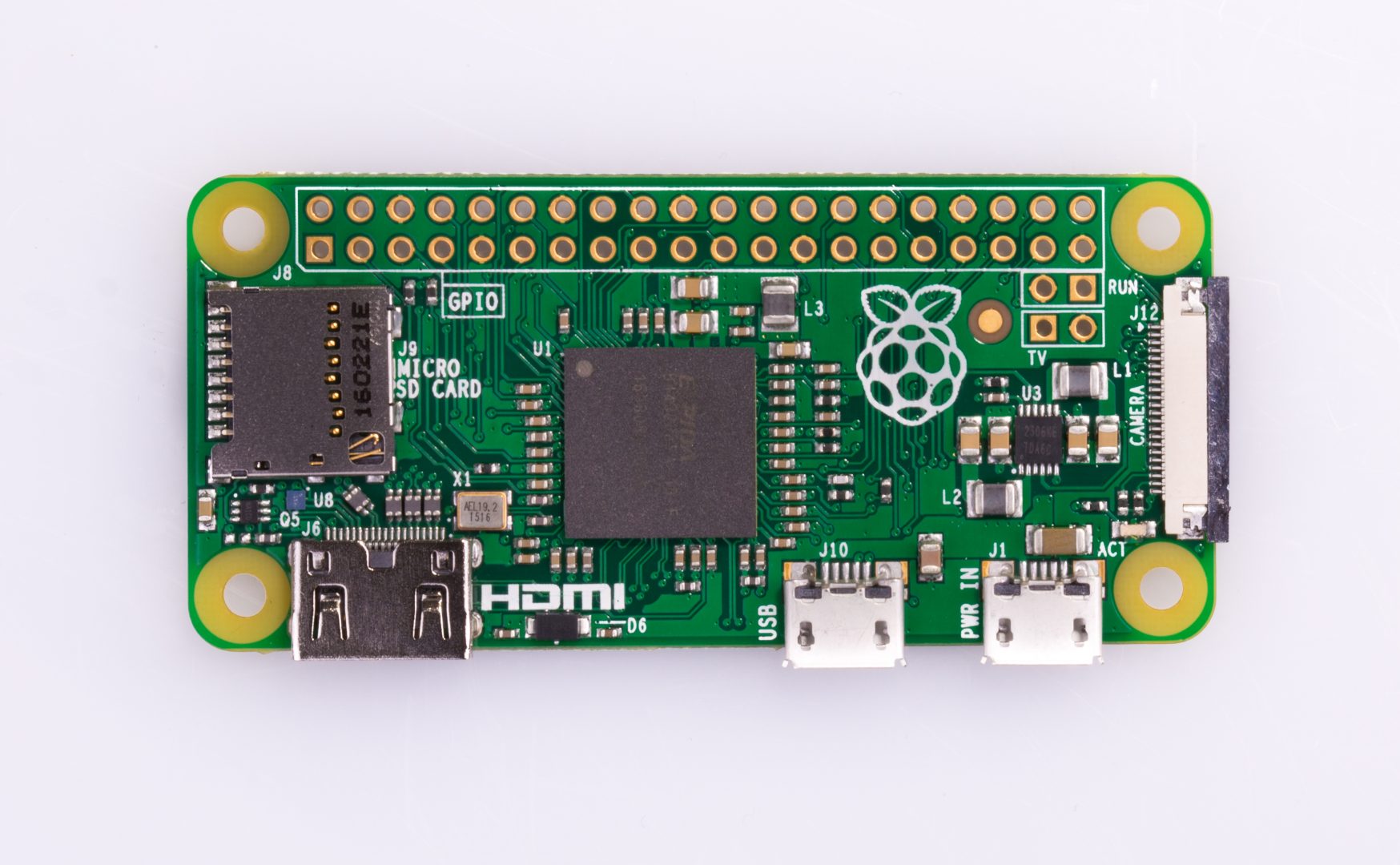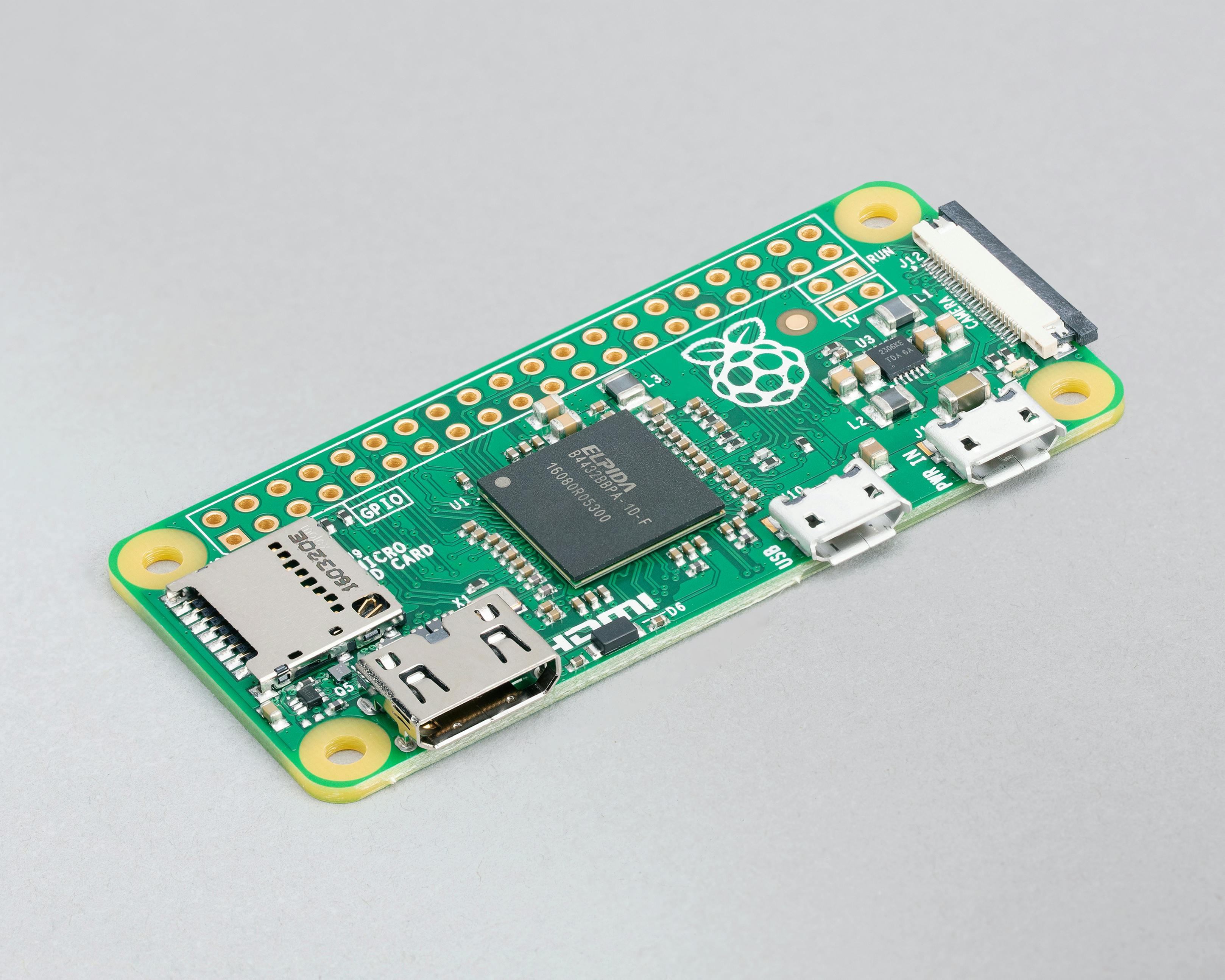How To Remotely Access Raspberry Pi With RemoteIoT Download: A Comprehensive Guide
Are you looking for an efficient way to remotely access your Raspberry Pi? With the growing popularity of IoT (Internet of Things) devices, Raspberry Pi has become a go-to solution for many developers and tech enthusiasts. However, managing these devices remotely can be a challenge without the right tools. This is where RemoteIoT comes into play. RemoteIoT is a powerful platform that allows users to remotely access Raspberry Pi devices with ease. In this article, we will explore how to remotely access Raspberry Pi using RemoteIoT, including the download process and setup steps.
Remote access to Raspberry Pi is crucial for managing IoT projects, especially when the device is located in a remote location. Whether you're troubleshooting, updating software, or simply monitoring your project, having the ability to remotely access your Raspberry Pi can save you time and effort. In this guide, we will walk you through everything you need to know about remotely accessing Raspberry Pi with RemoteIoT, including step-by-step instructions and useful tips.
By the end of this article, you will have a clear understanding of how to set up and use RemoteIoT for remote access to your Raspberry Pi. We will also discuss the benefits of using RemoteIoT, as well as provide you with some useful resources to further enhance your knowledge. So, let's dive in and explore the world of remote Raspberry Pi access with RemoteIoT!
Table of Contents
- Introduction to Raspberry Pi and RemoteIoT
- Why Choose RemoteIoT for Raspberry Pi Remote Access?
- Step-by-Step Guide to Remotely Access Raspberry Pi
- Benefits of Using RemoteIoT for Raspberry Pi
- Common Issues and Troubleshooting Tips
- Security Considerations for Remote Access
- Frequently Asked Questions About RemoteIoT
- Conclusion
Introduction to Raspberry Pi and RemoteIoT
Raspberry Pi is a small, affordable, and versatile single-board computer that has gained immense popularity among developers, hobbyists, and educators. It is widely used for a variety of projects, including home automation, robotics, media centers, and IoT applications. One of the key advantages of Raspberry Pi is its ability to run a full-fledged operating system, such as Raspbian, while consuming minimal power.
RemoteIoT is a cloud-based platform designed to simplify the process of remotely accessing and managing IoT devices, including Raspberry Pi. It provides users with a secure and reliable way to connect to their devices from anywhere in the world. With RemoteIoT, you can remotely access your Raspberry Pi's desktop, terminal, and files, making it an ideal solution for managing IoT projects.
In this section, we will explore the key features of Raspberry Pi and RemoteIoT, as well as discuss why RemoteIoT is an excellent choice for remotely accessing your Raspberry Pi.
Why Choose RemoteIoT for Raspberry Pi Remote Access?
There are several reasons why RemoteIoT stands out as a top choice for remotely accessing Raspberry Pi. Below are some of the key benefits:
- Easy Setup: RemoteIoT is designed to be user-friendly, with a straightforward installation process that even beginners can follow.
- Secure Connection: RemoteIoT uses advanced encryption protocols to ensure that your connection to the Raspberry Pi is secure.
- Cross-Platform Compatibility: Whether you're using Windows, macOS, or Linux, RemoteIoT works seamlessly across all major operating systems.
- Reliable Performance: RemoteIoT offers stable and fast remote access, even when your Raspberry Pi is located in a remote location with limited internet connectivity.
- Cost-Effective: RemoteIoT offers a free tier for personal use, making it an affordable option for hobbyists and small-scale projects.
By choosing RemoteIoT, you can enjoy a hassle-free experience when remotely accessing your Raspberry Pi, allowing you to focus on what truly matters—your IoT projects.
Step-by-Step Guide to Remotely Access Raspberry Pi
Now that we've discussed the benefits of using RemoteIoT, let's dive into the step-by-step process of setting up remote access to your Raspberry Pi using RemoteIoT.
Step 1: Install RemoteIoT on Your Raspberry Pi
The first step is to install the RemoteIoT software on your Raspberry Pi. Follow these steps:
- Open the terminal on your Raspberry Pi.
- Run the following command to download the RemoteIoT installation script:
wget https://remoteiot.com/install.sh - Once the script is downloaded, execute it using the following command:
sudo bash install.sh - Follow the on-screen instructions to complete the installation.
After installation, your Raspberry Pi will be registered with the RemoteIoT platform, and you can proceed to the next step.
Step 2: Configure Your Raspberry Pi for Remote Access
Once RemoteIoT is installed, you need to configure your Raspberry Pi for remote access. Here's how:
- Log in to your RemoteIoT account on the web dashboard.
- Locate your Raspberry Pi in the list of registered devices.
- Click on the device to access its settings.
- Enable remote desktop access and configure any additional settings, such as port forwarding or firewall rules.
With these settings in place, your Raspberry Pi is now ready for remote access.
Step 3: Download and Install RemoteIoT Client
To access your Raspberry Pi remotely, you need to download and install the RemoteIoT client on your local machine. Follow these steps:
- Visit the RemoteIoT website and download the client for your operating system.
- Install the client by following the installation instructions.
- Log in to the client using your RemoteIoT account credentials.
- Select your Raspberry Pi from the list of available devices and initiate the connection.
Once connected, you will have full remote access to your Raspberry Pi's desktop, terminal, and files.
Benefits of Using RemoteIoT for Raspberry Pi
Using RemoteIoT for remote access to your Raspberry Pi offers several advantages. Below are some of the key benefits:
- Convenience: With RemoteIoT, you can access your Raspberry Pi from anywhere, eliminating the need to be physically present near the device.
- Efficiency: RemoteIoT allows you to troubleshoot and update your Raspberry Pi quickly, saving you time and effort.
- Scalability: Whether you're managing a single Raspberry Pi or multiple devices, RemoteIoT can scale to meet your needs.
- Security: RemoteIoT uses industry-standard encryption to protect your data and ensure secure remote access.
These benefits make RemoteIoT an excellent choice for anyone looking to remotely access their Raspberry Pi.
Common Issues and Troubleshooting Tips
While RemoteIoT is designed to be user-friendly, you may encounter some issues during setup or usage. Below are some common problems and their solutions:
- Connection Issues: If you're unable to connect to your Raspberry Pi, ensure that your internet connection is stable and that the RemoteIoT service is running on your device.
- Firewall Restrictions: Some firewalls may block RemoteIoT traffic. To resolve this, configure your firewall to allow traffic on the required ports.
- Authentication Errors: If you're experiencing authentication issues, double-check your RemoteIoT account credentials and ensure that your Raspberry Pi is properly registered.
By following these troubleshooting tips, you can quickly resolve most issues and enjoy a seamless remote access experience.
Security Considerations for Remote Access
When remotely accessing your Raspberry Pi, security should be a top priority. Here are some security considerations to keep in mind:
- Use Strong Passwords: Ensure that your Raspberry Pi and RemoteIoT account are protected with strong, unique passwords.
- Enable Two-Factor Authentication (2FA): Adding an extra layer of security with 2FA can help protect your account from unauthorized access.
- Regularly Update Software: Keep your Raspberry Pi and RemoteIoT software up to date to patch any security vulnerabilities.
- Monitor Access Logs: Regularly review your access logs to detect any suspicious activity.
By following these security best practices, you can ensure that your remote access setup is both secure and reliable.
Frequently Asked Questions About RemoteIoT
Here are some frequently asked questions about RemoteIoT and its use with Raspberry Pi:
- Is RemoteIoT free to use? RemoteIoT offers a free tier for personal use, with additional features available in paid plans.
- Can I use RemoteIoT on multiple devices? Yes, RemoteIoT supports multiple devices, making it ideal for managing large-scale IoT projects.
- What operating systems are supported? RemoteIoT is compatible with Windows, macOS, and Linux.
These FAQs should help address any common concerns you may have about using RemoteIoT with your Raspberry Pi.
Conclusion
In conclusion, remotely accessing your Raspberry Pi with RemoteIoT is a straightforward and secure process that can greatly enhance your IoT project management capabilities. By following the steps outlined in this guide, you can easily set up and use RemoteIoT to access your Raspberry Pi from anywhere in the world. Whether you're troubleshooting, updating software, or simply monitoring your project, RemoteIoT provides a reliable and efficient solution.
We encourage you to try RemoteIoT for yourself and experience the benefits of remote Raspberry Pi access. If you have any questions or need further assistance, feel free to leave a comment below or explore our other articles for more tips and insights. Happy remote accessing!


Detail Author:
- Name : Pearlie Welch
- Username : cecile31
- Email : eldora.zulauf@yahoo.com
- Birthdate : 1980-05-21
- Address : 521 Fisher Station North Mosheville, ME 20785
- Phone : 319-433-9530
- Company : Murray-Lesch
- Job : Offset Lithographic Press Operator
- Bio : Sit placeat consectetur qui nesciunt aut blanditiis. At dolores asperiores temporibus tempore ex. Delectus quasi est id neque consequatur debitis hic laudantium.
Socials
instagram:
- url : https://instagram.com/goodwin1975
- username : goodwin1975
- bio : Praesentium nobis et omnis error nihil vitae. Ullam sit illo error aut. Esse libero quo ab vel.
- followers : 1981
- following : 1793
linkedin:
- url : https://linkedin.com/in/corbin4623
- username : corbin4623
- bio : Aut dolores et voluptatem.
- followers : 6812
- following : 2630
facebook:
- url : https://facebook.com/cgoodwin
- username : cgoodwin
- bio : Ut molestiae ut quam esse. Nobis similique enim est unde.
- followers : 5150
- following : 1009
tiktok:
- url : https://tiktok.com/@goodwin1991
- username : goodwin1991
- bio : Architecto quia molestiae itaque maiores ipsum.
- followers : 3527
- following : 1794